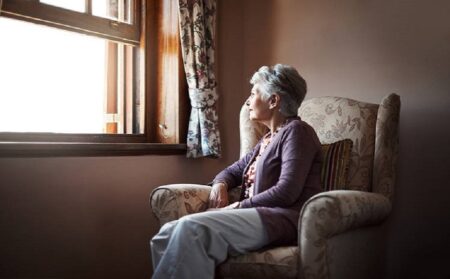AS part of its investigations, the Aged Care Royal Commission compiled fifty quality indicators about residential aged care.
Approaching those indicators thematically, the following categories emerge: (1) Appropriate use of medication; (2) Medication safety; (3) Hospital admissions; (4) Falls and fractures; (5) Pressure injuries; (6) Nutrition; (7) Restraints; (8) Consumer experience; (9) Staffing; (10) Compliance record; (11) Assaults; (12) Missing residents.
The information needed to compile these fifty quality indicators were, as the Aged Care Royal Commission’s research paper says, “acquired under the legal authority of the Royal Commission and have not been available to researchers before”.
Currently only seven of the twelve categories listed above (Pressure injuries, Nutrition, Restraints, Consumer experience, Compliance, Assaults and Missing residents) are compiled.
Indicators are useful at a number of levels from local to nationwide and for different audiences: nursing home managers, providers, regulators and … consumers.
But here’s the thing.
Consumers only get to see what’s happening nationwide and in states and territories. They don’t get to see what’s happening in their facility or, if they are looking for a nursing home, facilities in their area. They can’t compare and make a rational choice.
The point the Aged Care Royal Commission wanted to make with its research was that copious information is already collected which can be readily used to develop and maintain quality indicators.
The point CPSA wants to make is that this would really open up the nursing home industry to some healthy competition. Imagine what would happen to a nursing home that came bottom on staffing, for example. It would go out of business unless it shaped up.
The Aged Care Royal Commission’s research paper demonstrated how illuminating quality indicators can be for consumers by comparing the performance of not-for-profit nursing homes (57% of all nursing homes), for-profits (34%) and Government-owned (9%).
Government-run homes showed the best average results for 31 indicators, compared to 2 indicators for not-for-profit homes and 1 indicator for the for-profit homes.
Non-profit homes had stronger average results than for-profit facilities on 25 indicators, whereas for-profit homes had stronger average results on 2 indicators.
Small homes with between 1 and 30 places showed the best average results for 24 indicators.
So, go small, go government-owned if possible or not-for-profit if not.
That’s useful to know for a consumer!
